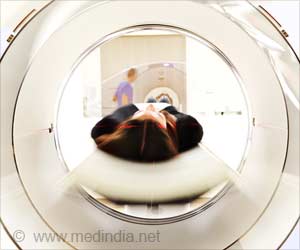The device relies on passive electric sensors and the data is transferred to a smartphone, which can be passed on to a physician for professional review.

The device relies on passive electric sensors unlike many other pregnancy monitors that use ultrasound. The data from the belt is transferred to a smartphone, which can be passed on to a physician for professional review.
Doctors would appreciate not having to use traditional heavy machinery, such as the cardiotocography (CTG) or electronic fetal monitor (EFM) machines to trace the fetal heartbeat. Instead, they could track and diagnose patients remotely, allowing quick detection and intervention.
"The sophistication of the technology and the sophistication of the sensors that we had designed for that is really making what used to be clinical data collection into passive continuous reliable home data collection," said Professor Nathan Intrator, a bio signal expert and chief technology officer for Nuvo Group.
PregSense designed for clinical use will hopefully be released next year while a consumer version of the device, called Ritmo Beats, will be available for around $250 by the year end.
Source-Medindia














